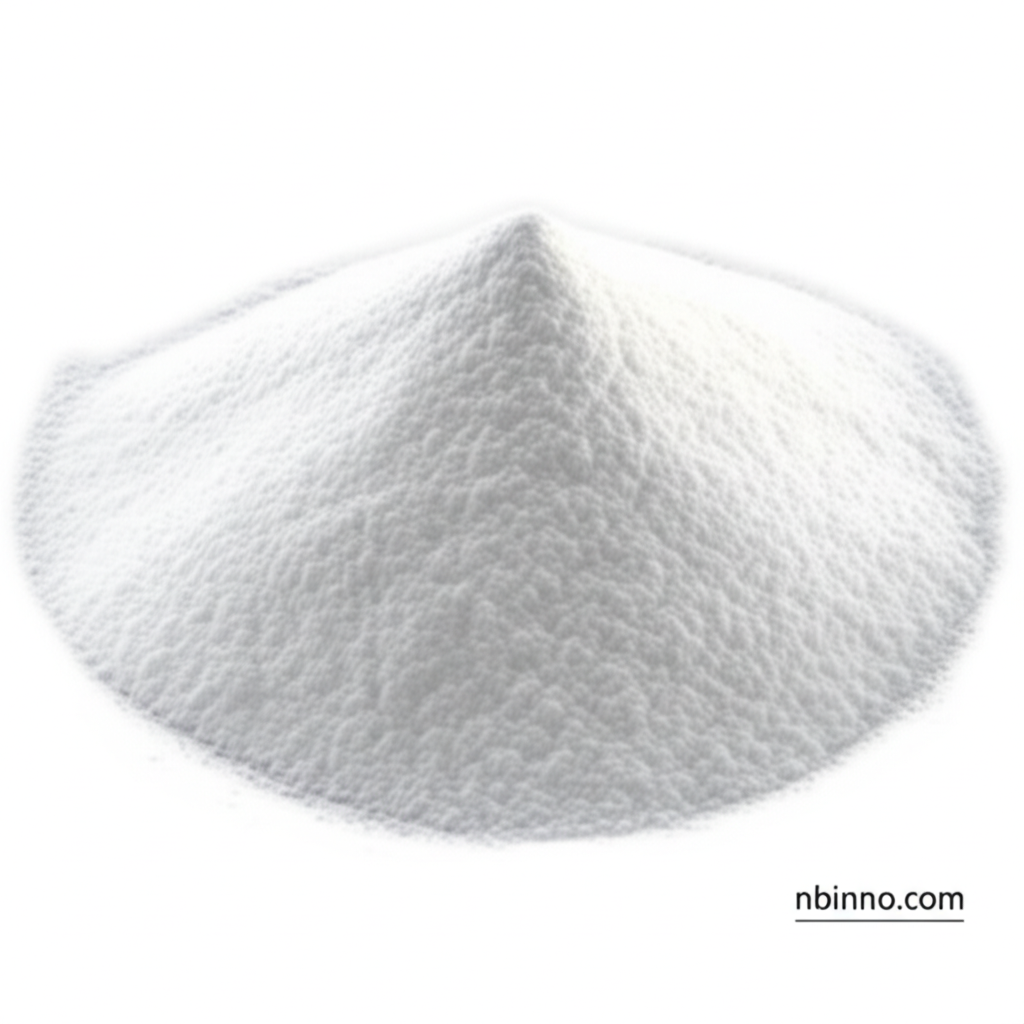Thalidomide CAS 50-35-1: A Comprehensive Pharmaceutical Analysis
Explore the multifaceted applications, historical impact, and scientific insights into Thalidomide (CAS 50-35-1).
Get a Quote & SampleProduct Core Value

Thalidomide
Thalidomide is a critical pharmaceutical chemical renowned for its antineoplastic and immunomodulatory properties. It plays a significant role in treating complex medical conditions, offering therapeutic benefits through unique biological mechanisms.
- Understanding thalidomide uses in multiple myeloma offers insights into its efficacy in treating certain blood cancers.
- The historical context of thalidomide leprosy treatment highlights its early applications and the impact it had.
- Investigating thalidomide side effects is crucial for safe and responsible use in medical practice.
- The study of thalidomide teratogenic effects underscores the importance of strict regulatory controls and patient safety.
Key Advantages of Thalidomide
Immunomodulatory Properties
Thalidomide's ability to modulate the immune system is key to its therapeutic applications, offering benefits in various inflammatory conditions and its use for thalidomide leprosy treatment.
Antineoplastic Activity
As an antineoplastic agent, thalidomide demonstrates efficacy against certain cancers, particularly its role in thalidomide uses multiple myeloma, by interfering with cancer cell growth.
Targeted Mechanism of Action
The drug's interaction with cereblon, a protein crucial for cellular processes, is central to understanding both its therapeutic effects and thalidomide teratogenic effects, driving research into its precise mechanism of action.
Key Applications
Multiple Myeloma Treatment
Thalidomide is a vital component in the treatment regimens for multiple myeloma, leveraging its antineoplastic properties to combat cancer cells.
Leprosy Complication Management
Historically and currently, thalidomide is used to manage inflammatory complications associated with leprosy, such as erythema nodosum leprosum, showcasing its role in dermatologic and infectious disease management.
Immunoregulation in Diseases
Its immunomodulatory effects are explored in various immune-related disorders, highlighting its broader therapeutic potential beyond cancer and infectious diseases.
Research and Development
Ongoing research into thalidomide analogues and its mechanism of action continues to uncover new therapeutic avenues and better understand its complex biological impact.
